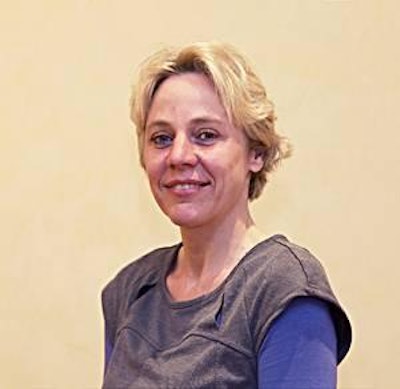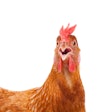
Egg industry leaders from around the globe met in Paris in April for the International Egg Commission (IEC) conference. Over 320 people attended the three day conference, discussing the latest issues and legislation affecting the industry.
The theme of the conference, the IEC’s first of 2010, was The Next Decade, and one of the resounding messages, which many of the speakers referred to, was the rising global population, and the role that the egg industry can play in helping to meet the world food challenge.
World food challenge
Delegates learned that figures produced by the Food and Agriculture Organisation, show that the global population will increase by 2.5 billion people, to 9.1 billion by 2050. The Food and Agriculture Organisation already estimates that 1 billion people worldwide are underfed and undernourished; therefore the dilemma facing food producers is: How can the world produce sufficient food to feed an additional 2.5 billion people, as well as the billion people who are already not getting enough to eat?
Tom Hebert, a government affairs specialist who works closely with the US Department of Agriculture, told delegates that the solution to the world food challenge was eggs. He urged the industry to make its voice heard at a ministerial level, showing the nutritional value of eggs, their affordability and their low carbon footprint.
Carbon Footprint
The carbon footprint of the egg industry was another key topic at the event. Dr Imke de Boer, an associate professor at Wageningen University in the Netherlands, shared the findings of a recent study into the egg industry’s carbon footprint.
Dr de Boer showed that of the four main egg production systems; cage, barn, free-range and organic, the cage system has the lowest carbon footprint. When calculating carbon footprint, Dr de Boer’s study factored in the entire life-cycle of egg production, taking into consideration the feed process, the rearing of pullets, transportation requirements, as well as the actual egg farm production methods. Egg production has a lower carbon footprint than beef and pork production and, within the egg industry, barn and free-range systems have the highest carbon footprint, and cage production the lowest.
Nutritious and high quality protein
During the conference, delegates also learned more about the exceptional health benefits of eggs from Dr Don McNamara.
He explained that eggs are highly nutritious, and an excellent source of high quality protein, containing the essential vitamins and minerals required for a healthy diet.
Dr McNamara discussed recent research studies which show that eating eggs helps people to lose weight, by making them feel fuller for longer, and that eggs can also reduce the risk of breast cancer, age related eye disease and muscle loss.
As well as being a highly nutritious food, packed with health benefits, eggs are one of the most affordable sources of protein.
Dr Bernard Vallat, director general of the World Organisation for Animal Health (OIE), told delegates that by 2030, due to the rise in the global population, and the increasing wealth of those in developing countries, there will be a 50% increase in the global demand for animal protein products, such as eggs.
The next IEC conference will be held in September in Prague.


















